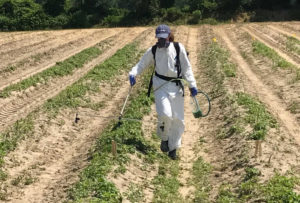
All pesticide certified applicators must successfully complete an EPA-approved training program before mixing, loading, and/or applying paraquat.
Anyone using Gramoxone, Firestorm, Helmquat, Parazone, and other paraquat products must complete an EPA-mandated training before application.
After November 14, 2019, the EPA requires companies to have newly labeled products on the market.
The following are items related to the new label for paraquat products:
- Only certified applicators, who successfully completed the paraquat-specific training, can mix, load or apply paraquat.
- No longer allow application “under the direct supervision” of a certified applicator.
- Restricting the use of all paraquat products to certified applicators only.
- EPA required Online Training – users must create an account with username and password.
- A certificate will be delivered by the end of the training after successful completion of the online exam.
- Applicators must repeat training every three years.
For additional information and FAQs about the paraquat training go to the EPA Paraquat Training website
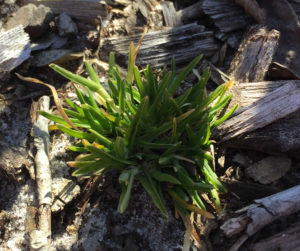
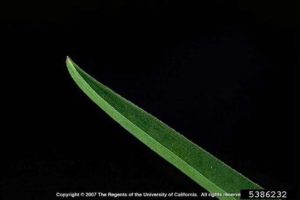

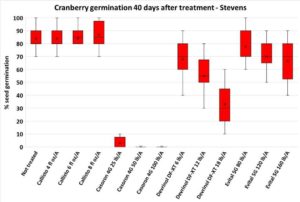
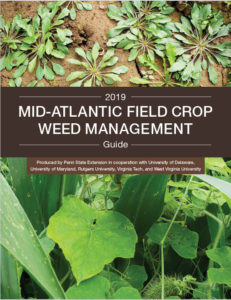 The 2019 updated version of the “Mid-Atlantic Field Crop Weed Management Guide” is available. This guide is collaboratively developed by weed scientists from Penn State, , Univ. of Delaware, Univ. of Maryland, Rutgers University, Virginia Tech, and West Virginia Univ.
The 2019 updated version of the “Mid-Atlantic Field Crop Weed Management Guide” is available. This guide is collaboratively developed by weed scientists from Penn State, , Univ. of Delaware, Univ. of Maryland, Rutgers University, Virginia Tech, and West Virginia Univ.